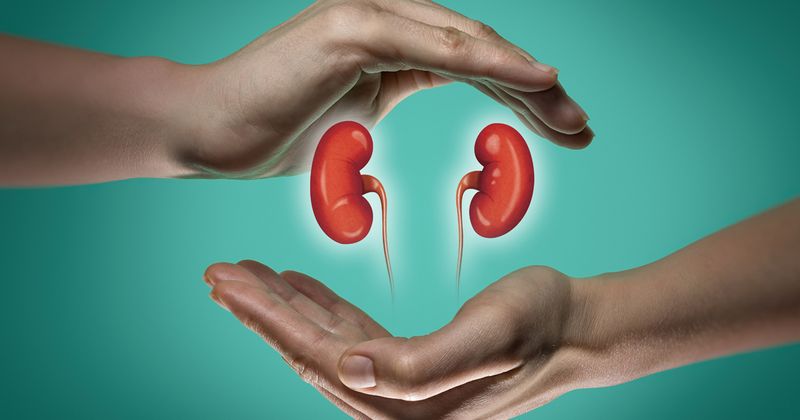Targeted B-cell therapy effective in lupus nephritis without immunosuppression
An intensified B-cell depletion induction therapy without maintenance immunosuppression was no less effective than standard of care for treating lupus nephritis, researchers found.
The therapy also allowed for reduction in daily prednisone dose.

According to Dario Roccatello, MD, of the University of Turin and S. Giovanni Bosco Hub Hospital in Italy, and colleagues, there have been “dramatic changes” in the treatment of lupus nephritis during the past decades.
“There has been a continuous effort to design therapeutic strategies aimed at reducing the steroid dose,” the researchers wrote. “The recently disseminated European League Against Rheumatism (EULAR) recommendations support the use of [mycophenolate mofet] MMF/ mycophenolic acid (MPA) and low dose intravenous [cyclophosphamide] CYC ... as the treatments of choice for the induction of remission. MMF, azathioprine (AZA) are the recommended options as maintenance therapy. However, regardless of the improvement in overall mortality and morbidity, conventional immunosuppression is still associated with a high incidence of side effects, and the search for alternative therapeutic options remains a priority.”
Previously observing “promising outcomes” with an intensified B cell depletion protocol (IBCDT) in patients with systemic lupus erythematosus (with no further immunosuppressive maintenance therapy), Roccatello and colleagues sought to determine the efficacy of the strategy for treating lupus nephritis.
For the study, 60 patients (80% were women; 97% were white patients) were randomized to the IBCDT treatment arm or one of two control groups. Patients in the IBCDT group received four weekly rituximab doses (two more doses after the first and second month), two infusions of 10 mg/kg cyclophosphamide (CYC), three methylprednisolone pulses, and oral prednisone (tapered to 5 mg/day by the third month). They received no immunosuppressive maintenance therapy. The first control group (n = 20) received methylprednisolone pulse with MMF, with the other control group receiving methylprednisolone pulse with CYC. Both control groups received a 3-year maintenance immunosuppression therapy.
The primary outcomes of the study were complete renal remission at 12 months and time free from flares during follow-up.
Results showed patients in the intervention group experienced superior outcomes than those in either control group, with 93% achieving complete renal remission at 12 months (vs. 62% and 75%, respectively). In addition, after 12 months, those randomized to IBCDT had a reduced oral prednisone dose (2.9 mg per day vs. 10.5 and 7.5, respectively).
Researchers observed no significant differences in proteinuria, serum creatinine or frequency of new flares among the three groups.
“While a large-scale RCT is warranted to confirm our findings, in this prospective study we showed that the IBCDT regimen is at least as effective as MMF or CYC pulses in inducing remission in patients with active LN,” Roccatello and colleagues concluded. “Furthermore, patients treated with IBCDT achieved at least comparable results in terms of efficacy and long-lasting remission as standard regimens. This was maintained with minimal doses of prednisone starting from the end of the third month after IBCDT without further immunosuppressive maintenance therapy. This approach prevented prolonged immunosuppression and remarkably reduced the risk of steroid-related adverse effects.”
